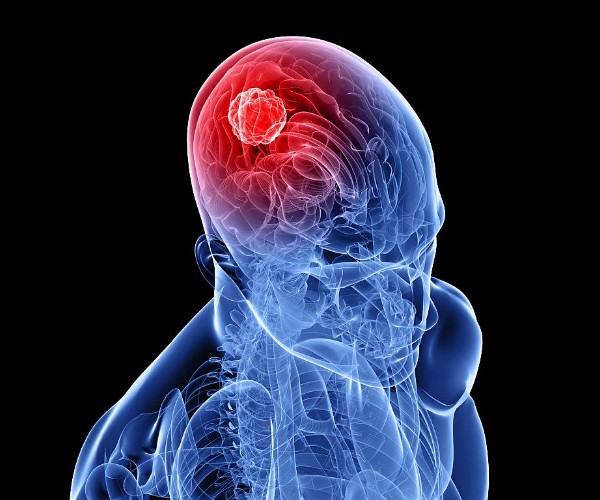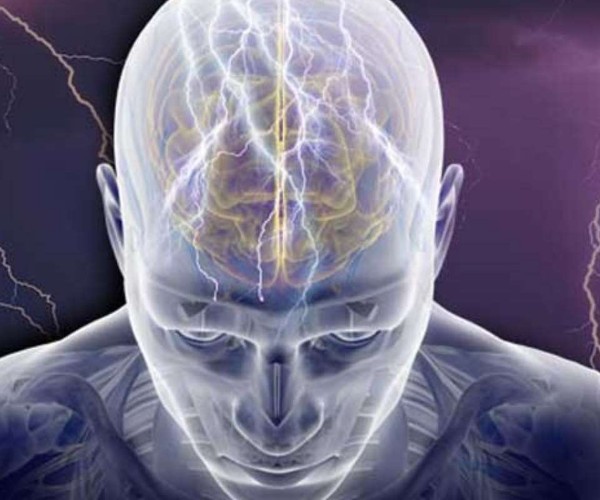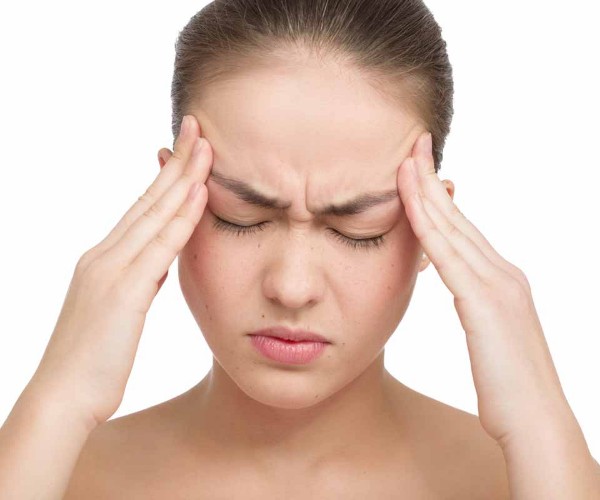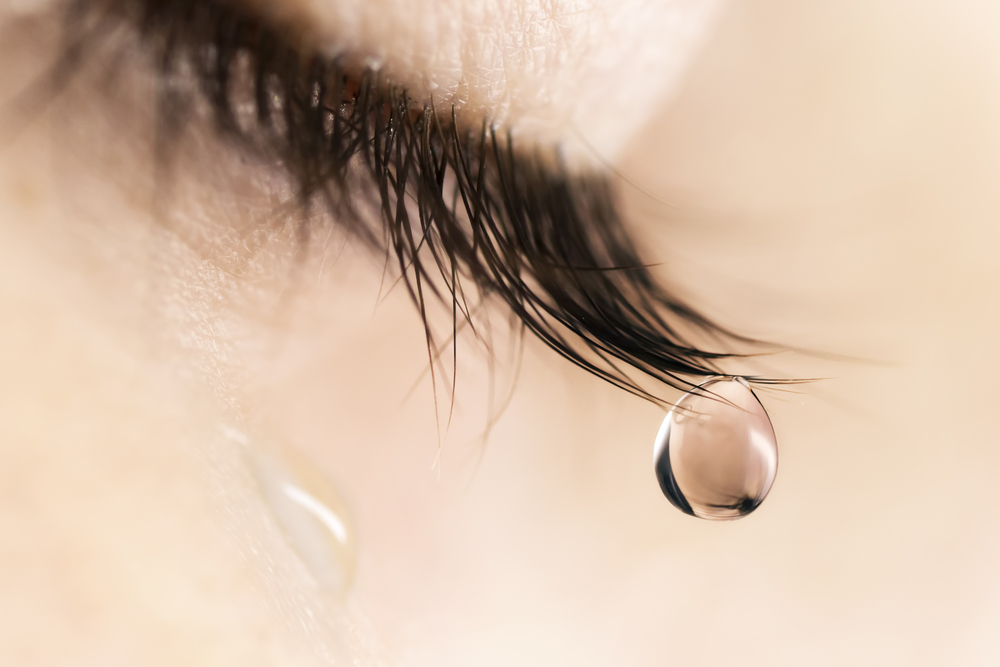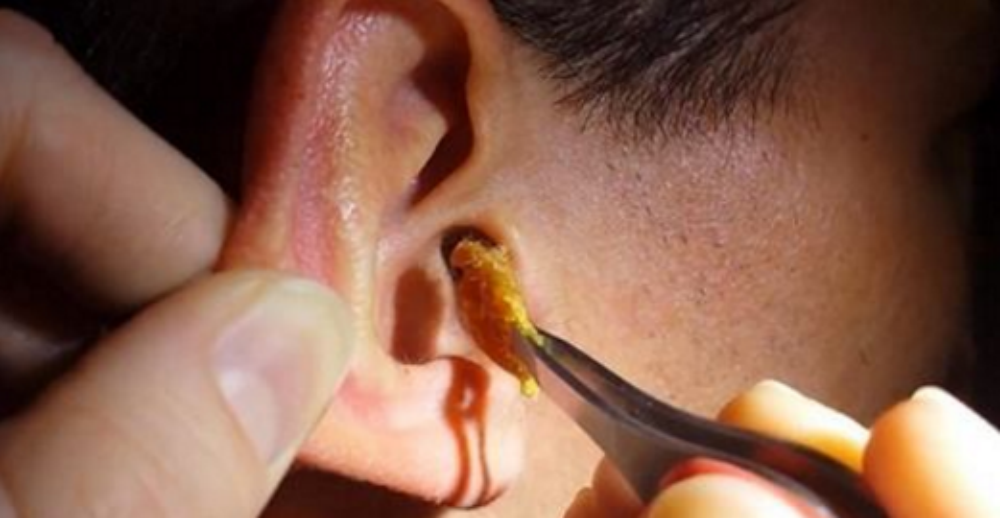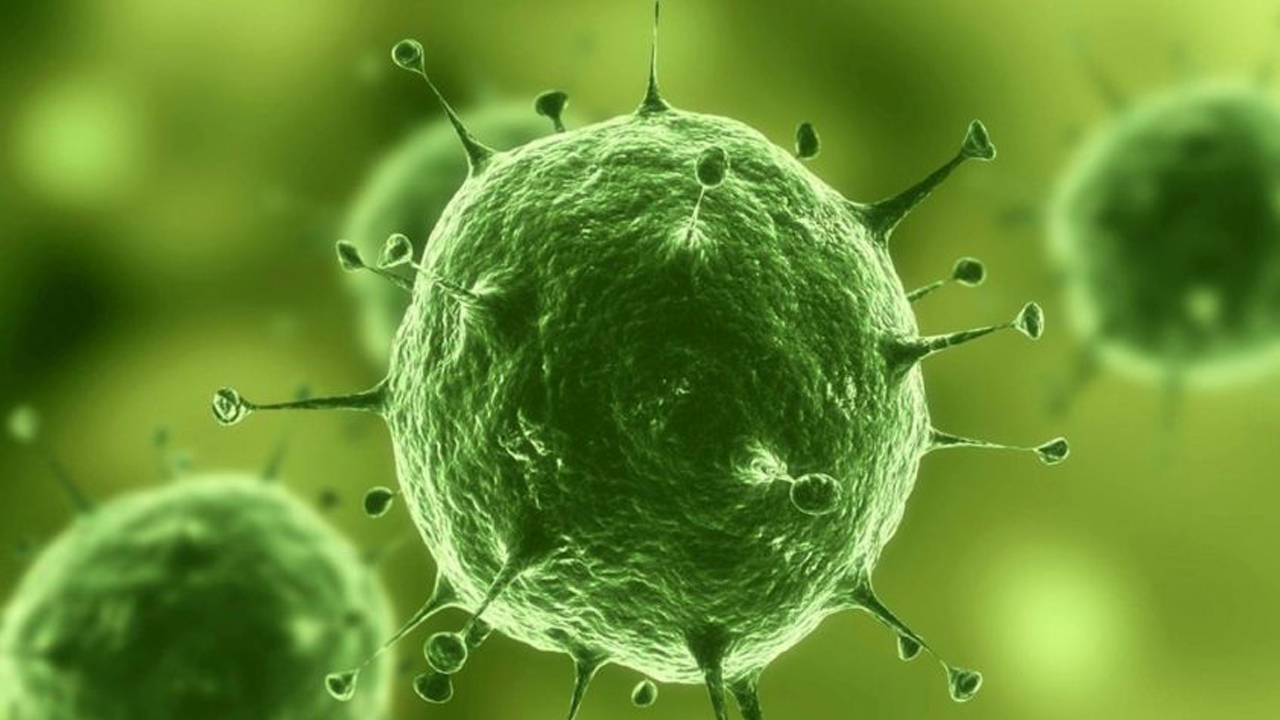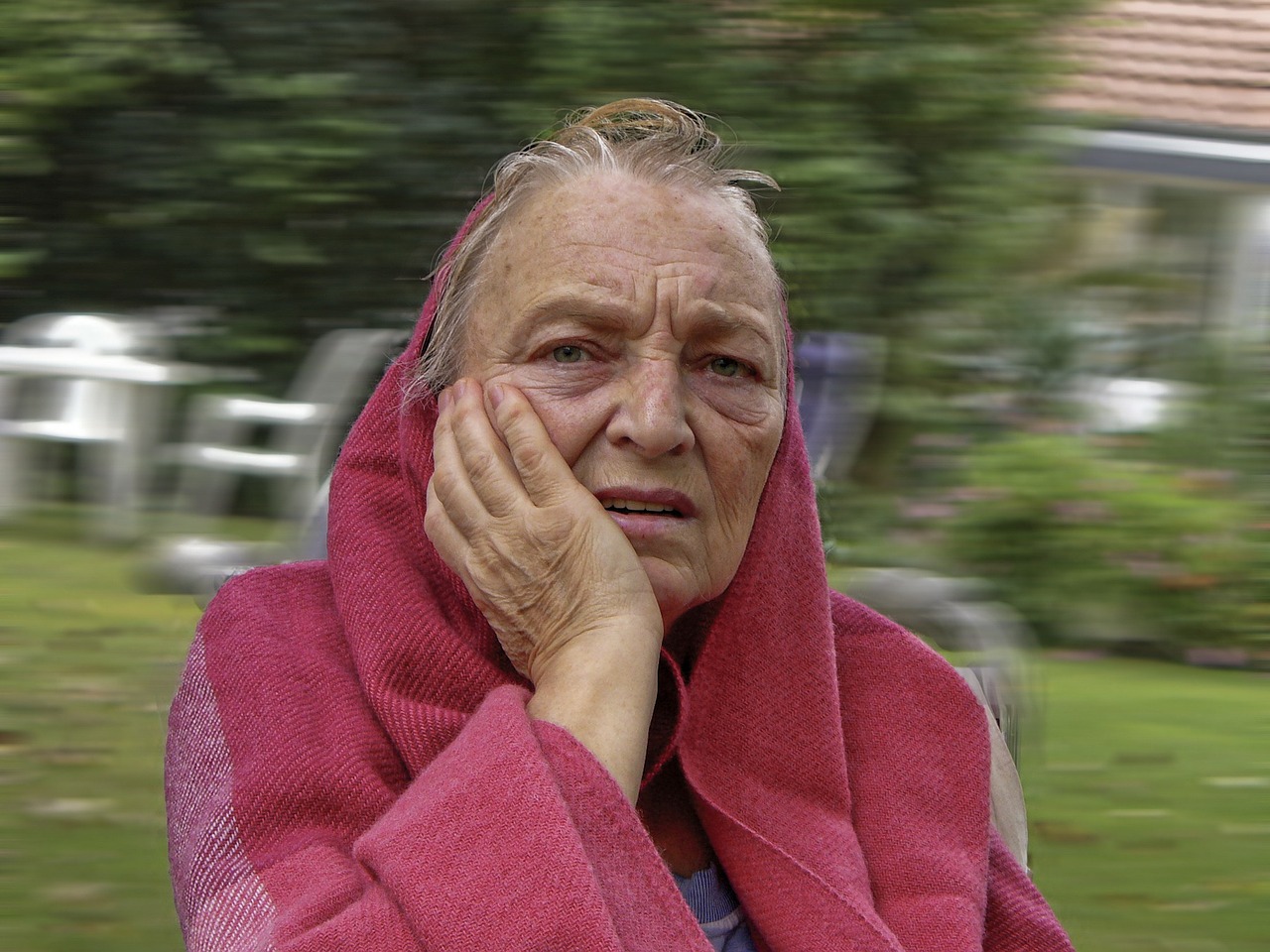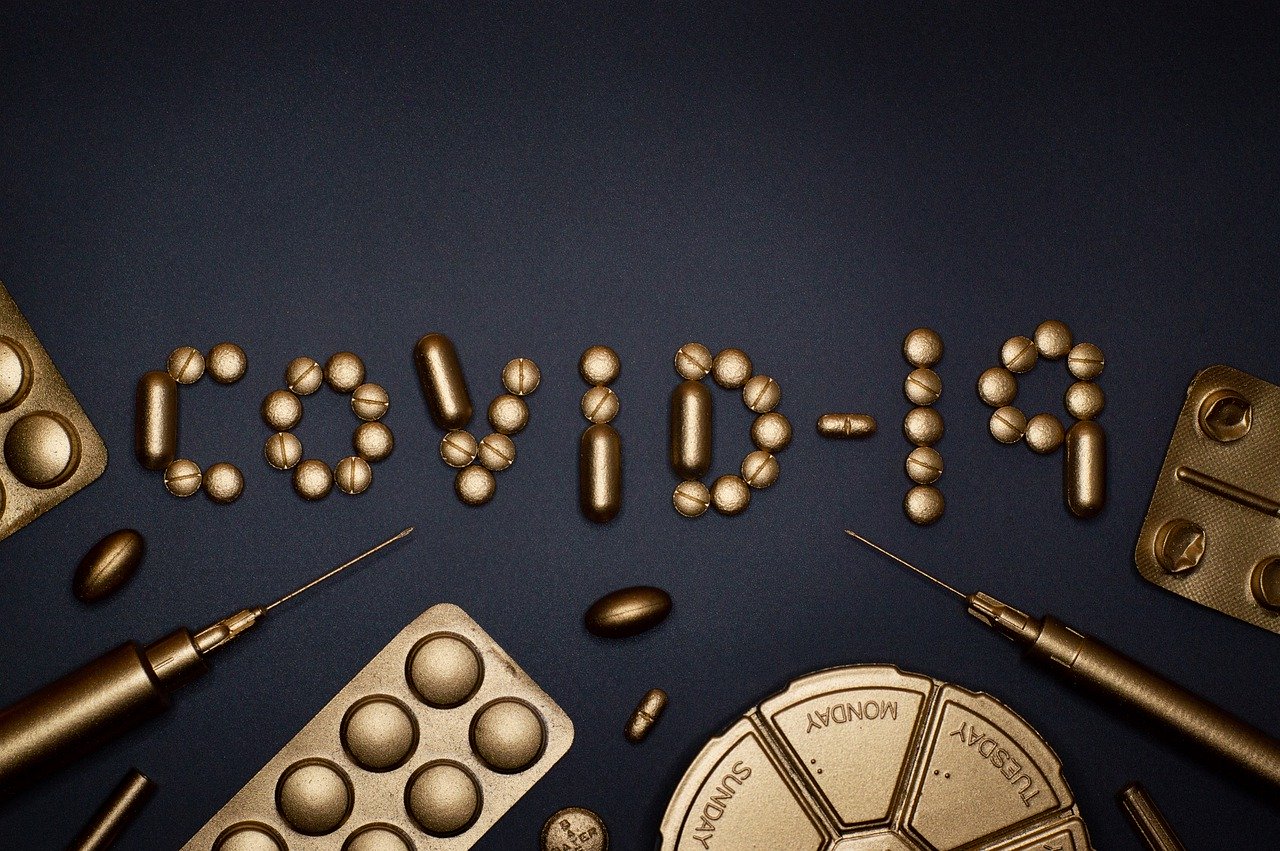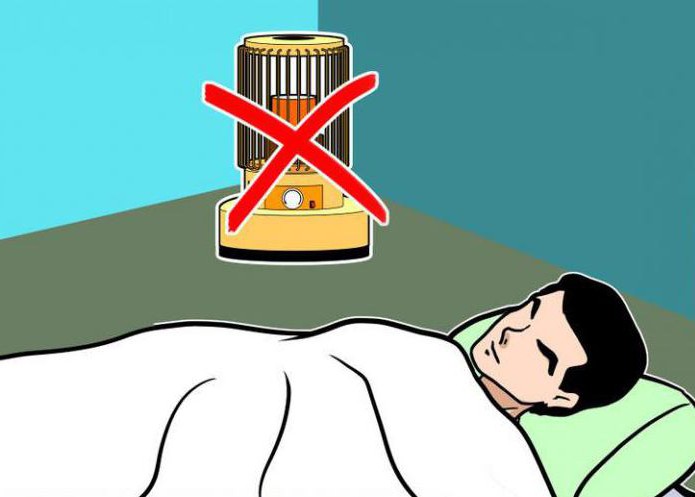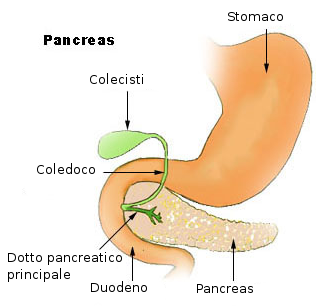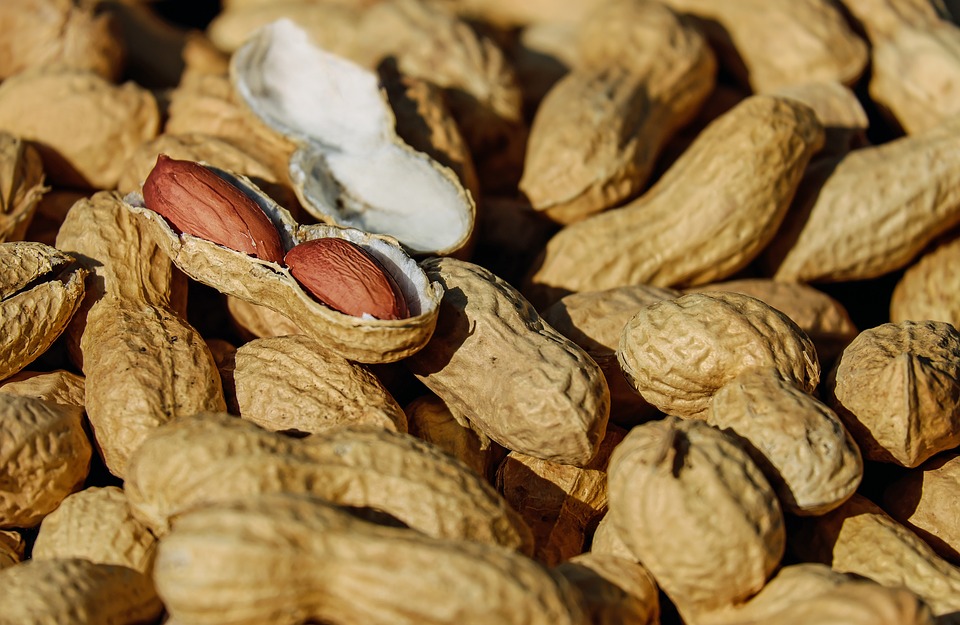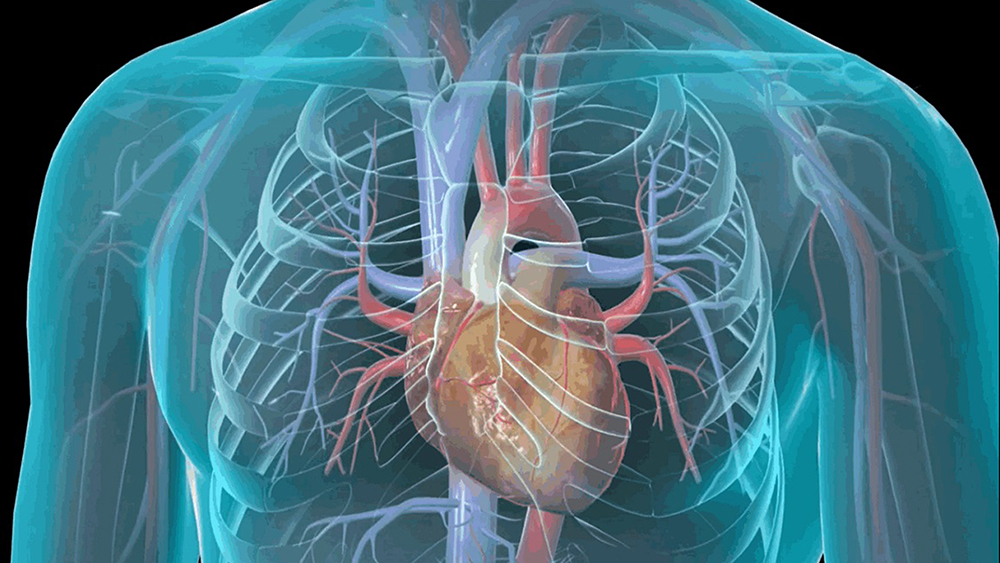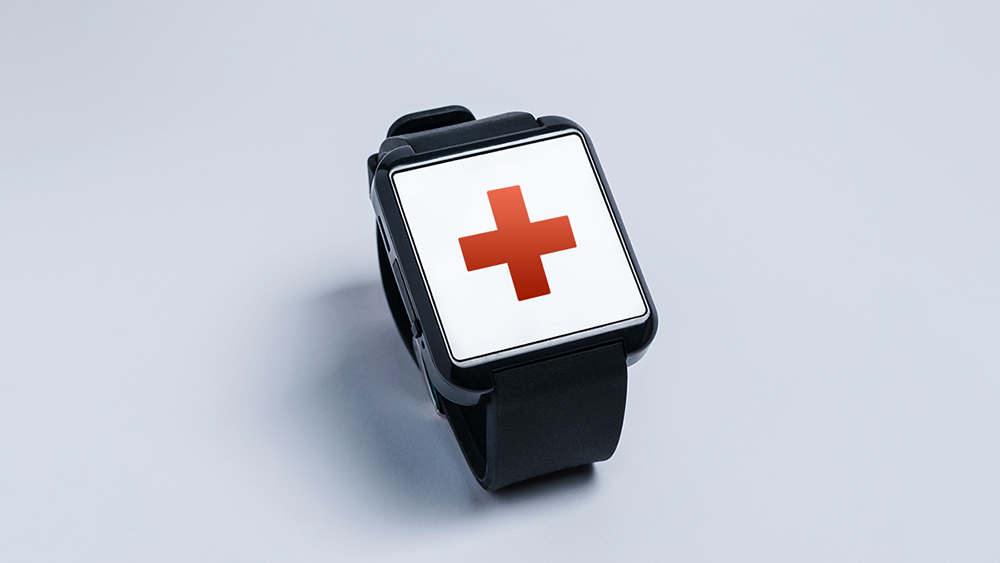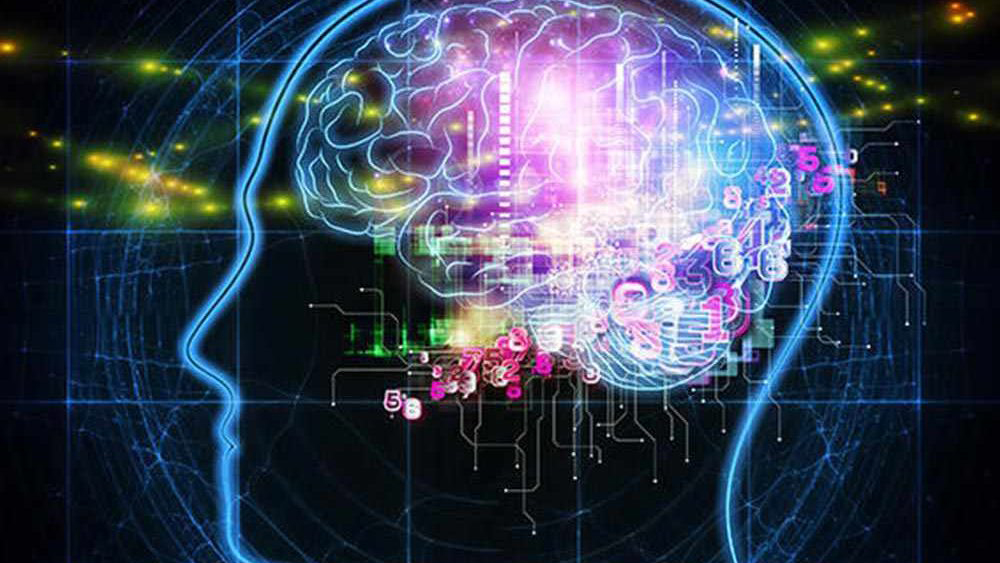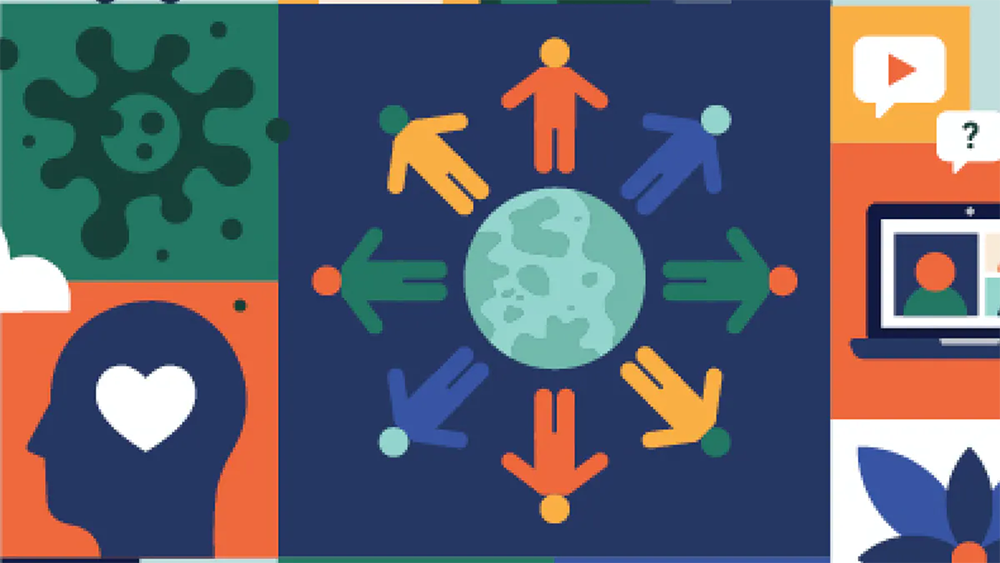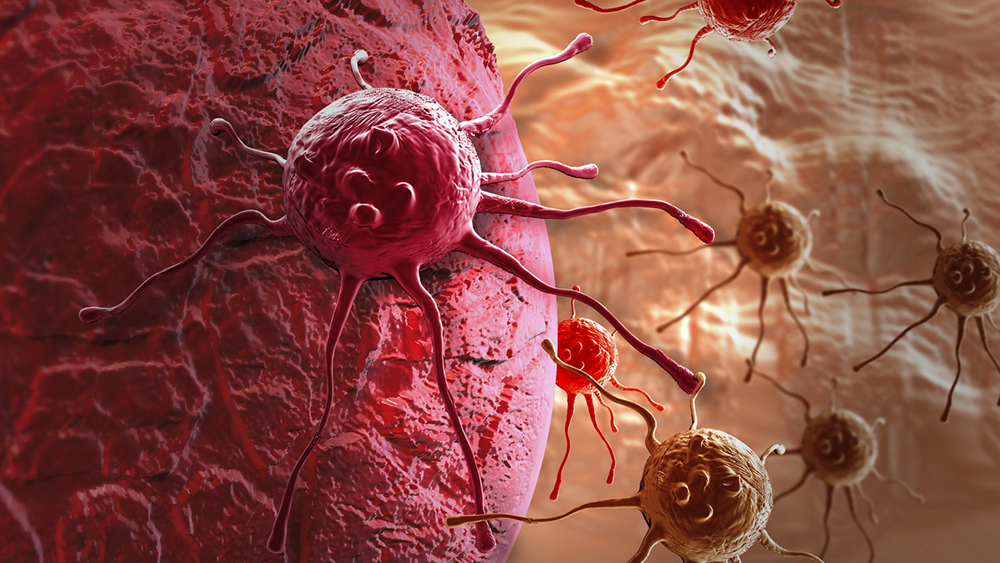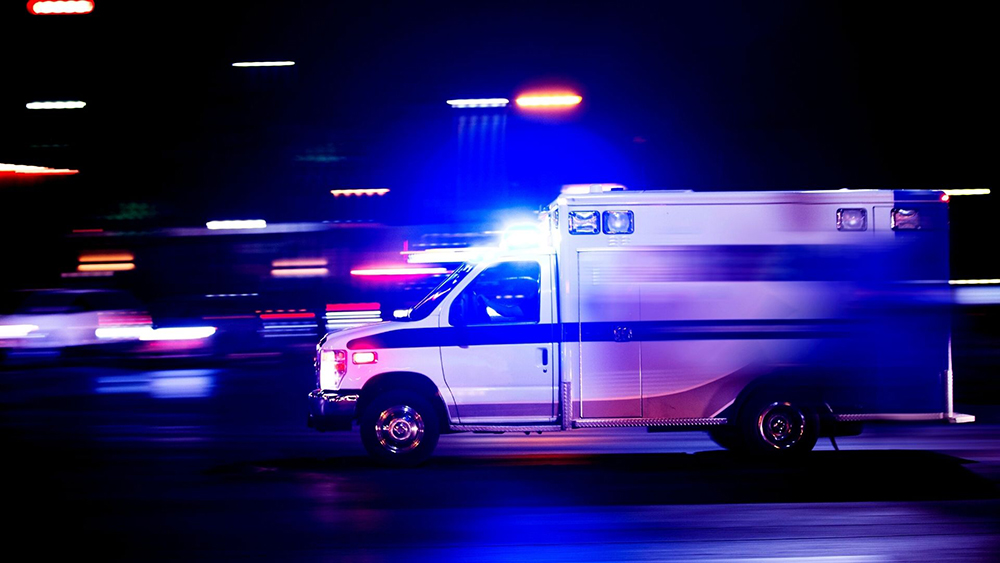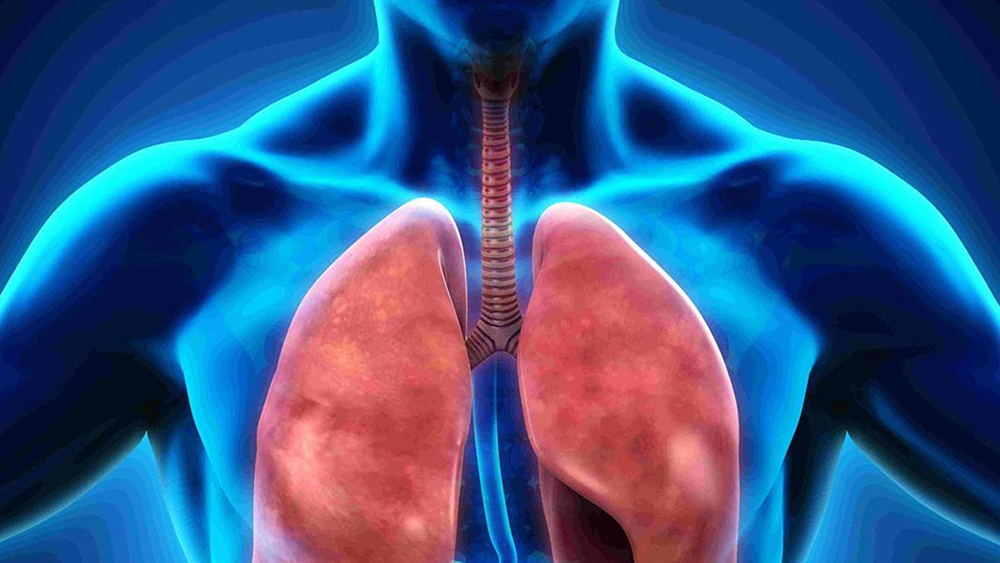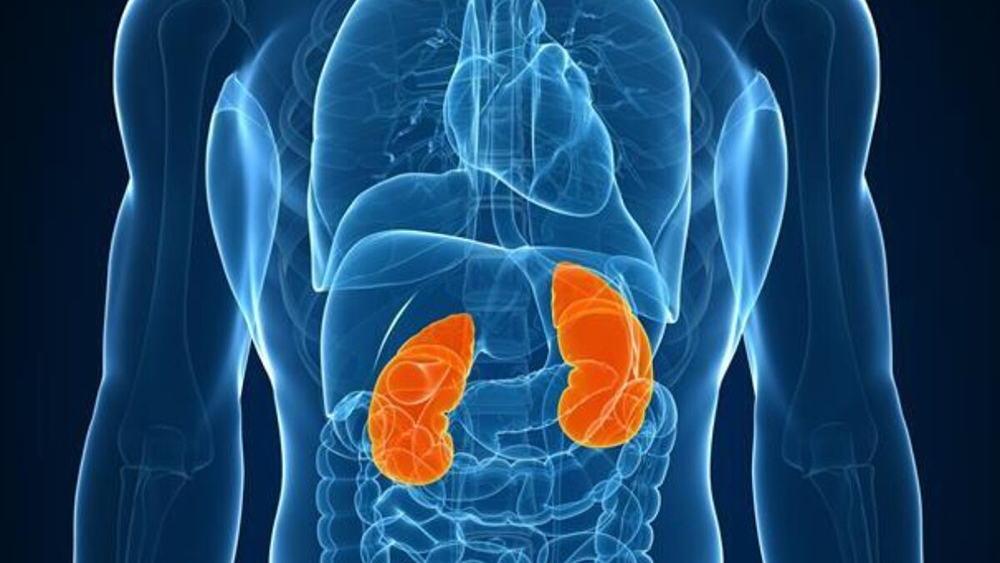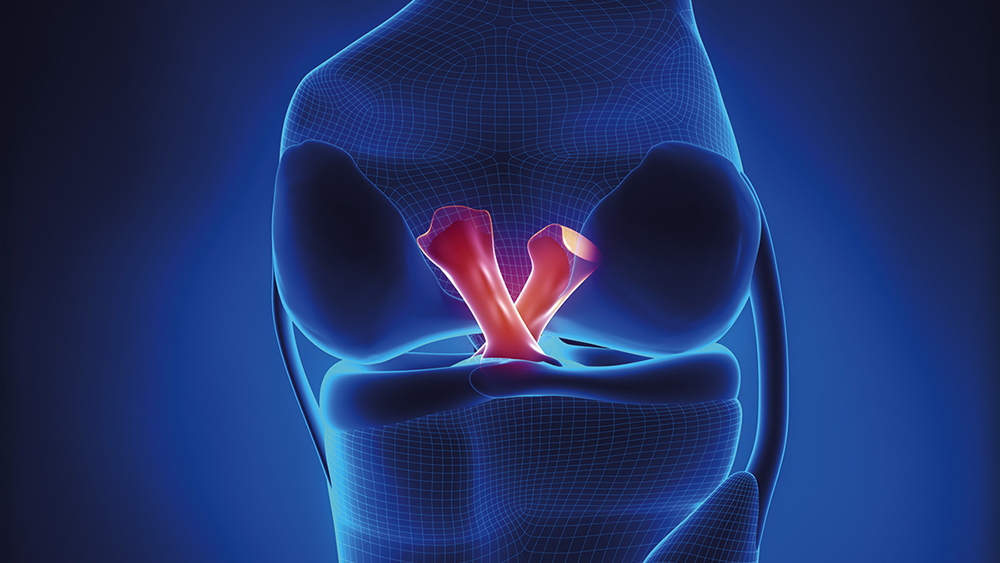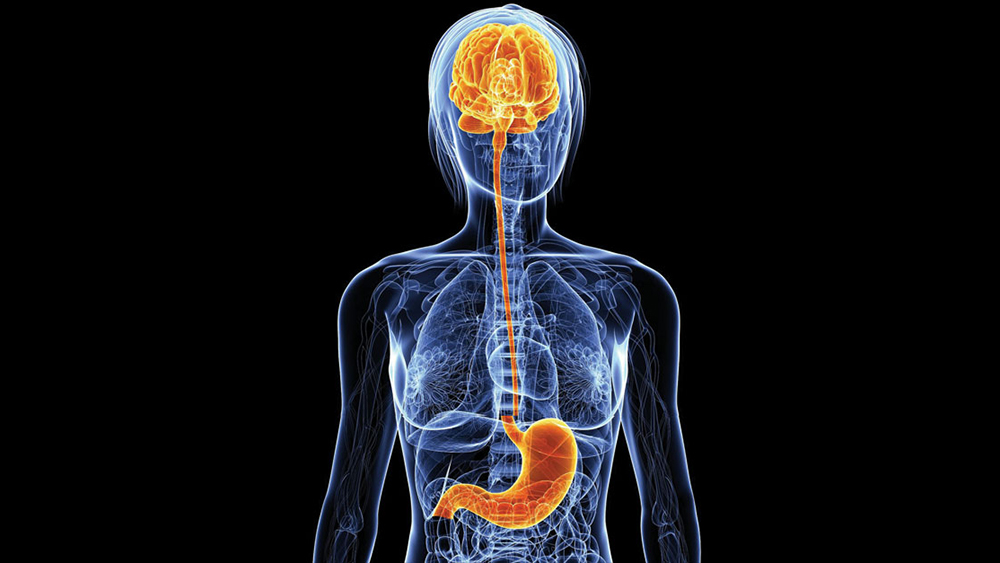Summary
A stroke consists of a slowing or blockage of the blood that should normally flow to a part of the brain. When this happens, brain cells do not receive the oxygen and nutrients they need and within minutes they begin to die.
How does it happen and why does it happen?
Sometimes a stroke is caused by a blood clot trapped in a blood vessel inside or near the brain. A clot can form when the blood vessels are narrowed by the buildup of plaque. Alternatively, a clot can form in any part of the body and travel to the brain.
But not all strokes are caused by blood clots. A stroke can also occur if a blood vessel begins to leak into the brain or the surrounding space.
Symptoms
A stroke can cause severe symptoms that may occur suddenly. You may experience a headache and nausea, your vision could become blurred,
while one side of your face or body might become weak or numb, or part of the face could droop. You might lose the ability to lift one arm, or feel dizzy and unable to walk. It can happen that you feel confused and have difficulty speaking or understanding words.
Treatment
A stroke is a medical emergency. Anyone suffering a stroke must receive medical care as quickly as possible. The doctor will create a care plan suitable for immediate treatment of the disease.
Overview
This is a slow down or blockage of the blood thatnormally flows to part of your brain. When ithappens, your brain cells don’t get the oxygen andnutrients they need. Within minutes, they begin todie.
How does it happen?
Why does it happen? Well, sometimes a stroke iscaused by a blood clot trapped in a blood vessel inor near your brain. A clot may form when vesselsare narrowed by plaque buildup. Or, a clot cantravel to your brain from another part of your body.But not all strokes are caused by blood clots. Youcan also have a stroke if a blood vessel begins toleak in your brain, or into the space around it.
Symptoms
A stroke can cause serious symptoms, and thesesymptoms can happen suddenly. You may have aheadache and nausea. Your vision may blur. Oneside of your face or body may become weak ornumb. Part of your face may droop. You may not beable to lift one arm. You may be dizzy, and unableto walk. You may become confused, and havetrouble speaking or understanding words.
Treatment
A stroke is a medical emergency. Anyone who ishaving a stroke needs to get medical care as fastas possible. Your doctor will create a care planthat’s right for you.






